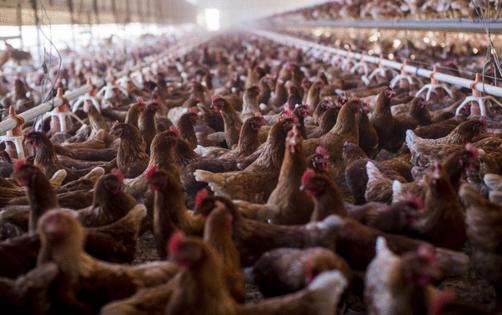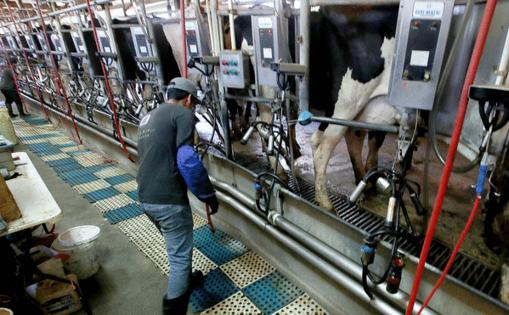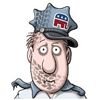Avian flu outbreak raises a disturbing question: Is our food system built on poop?
Published in News & Features
If it’s true that you are what you eat, then most beef-eating Americans consist of a smattering of poultry feathers, urine, feces, wood chips and chicken saliva, among other food items.
As epidemiologists scramble to figure out how dairy cows throughout the Midwest became infected with a strain of highly pathogenic avian flu— a disease that has decimated hundreds of millions of wild and farmed birds, as well as tens of thousands of mammals across the planet — they’re looking at a standard “recycling” practice employed by thousands of farmers across the country: The feeding of animal waste and parts to livestock raised for human consumption.
“It seems ghoulish, but it is a perfectly legal and common practice for chicken litter — the material that accumulates on the floor of chicken growing facilities — to be fed to cattle,” said Michael Hansen, a senior scientist with Consumers Union.
It is still unclear how the cows were infected — whether by contact with birds, or via feed made from litter waste — but litter has been associated with previous outbreaks of disease, including botulism.
Poultry litter causing the bovine cases of avian flu is considered “very unlikely, though not impossible” wrote Veronika Pfaeffle, in a joint statement from the U.S. Department of Agriculture and the Food and Drug Administration.
Poultry litter consists of manure, feathers, spilled feed and bedding material that accumulate on the floors of the buildings that house chickens and turkeys. It can contain disease-causing bacteria, viruses (including H5N1), antibiotics, toxic heavy metals, pesticides and even foreign objects such as dead rodents, birds, rocks, nails and glass.
It is typically mixed with hay or corn to make it palatable to livestock.
California bans the feeding of poultry litter to lactating dairy cows. However, it is legal to sell it as feed to beef and other cattle.
“It is a premium product used to help recycle waste into a sustainable product,” said Anja Raudabaugh, CEO of Western United Dairies. She said that although she could not make informed comments about its use outside of the state, “there is very little of it used here in California.”
California’s animal feed law — which applies to commercially sold feeds — requires that animal waste products sold for feed must contain no residues of pathogens, metals, pesticides or antibiotics.
...continued
©2024 Los Angeles Times. Visit at latimes.com. Distributed by Tribune Content Agency, LLC.










Comments